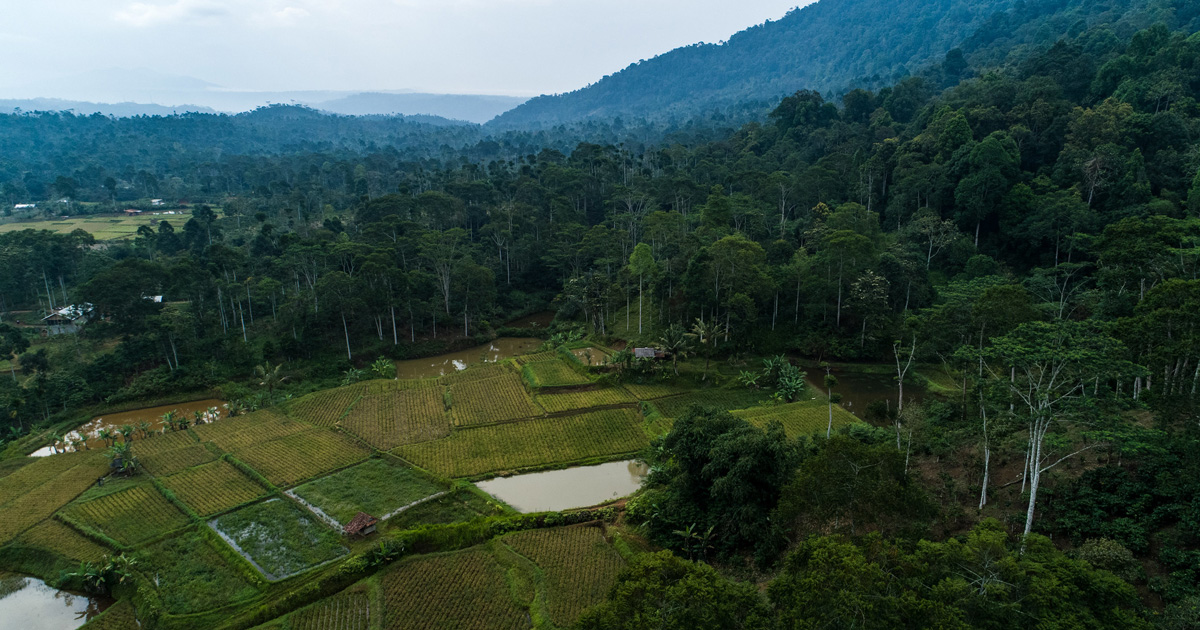Macrofungi provide important ecosystem functions and economic value. However, their distributive patterns among woody plant communities and the influence of abiotic factors remain poorly understood. We hypothesized that: (a) the community composition and richness of woody plants are significantly positively correlated with macrofungal community composition and species richness; and (b) in addition to plant effects, abiotic factors (geography and climate) contribute significantly to the variability within macrofungal communities. We investigated macrofungi, woody plants and abiotic factors at 30 plots across three climate types in Yunnan Province, China. We assessed the distributive patterns and driving factors of macrofungal communities in temperate, subtropical and tropical regions.Macrofungal species richness did not significantly increase alongside woody plant species richness, while dissimilarities in macrofungal community compositions across the three climatic regions correlated significantly with woody plant communities, elevation, mean annual precipitation, mean annual temperature, longitude and latitude. Variation partitioning analysis indicated that variations in macrofungal community compositions were explicable by woody plant community composition, as well as by spatial and climatic factors. The Mantel test further revealed that woody plant functional groups shaped macrofungal functional groups. These results indicate that the distribution of macrofungi at the regional scale is mainly affected by woody plant communities, followed by spatial and climatic factors in the three climatic regions. We concluded that dominant woody plant species could be used as indicators of macrofungal community compositions. Accordingly, applying knowledge on the dominant woody plant communities into forest management schemes could be an effective strategy for supporting macrofungal conservation.
DOI:
https://doi.org/10.1111/jvs.13001
Altmetric score:
Dimensions Citation Count:
























